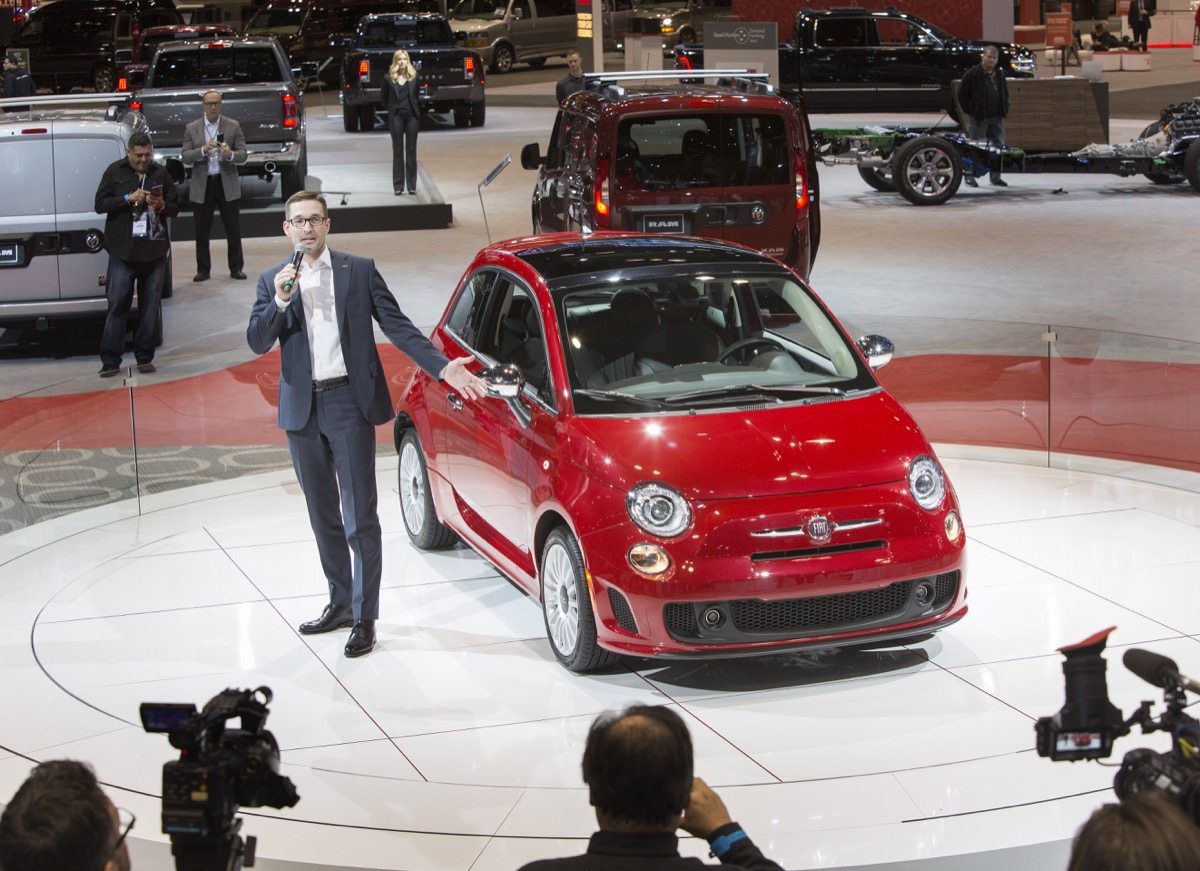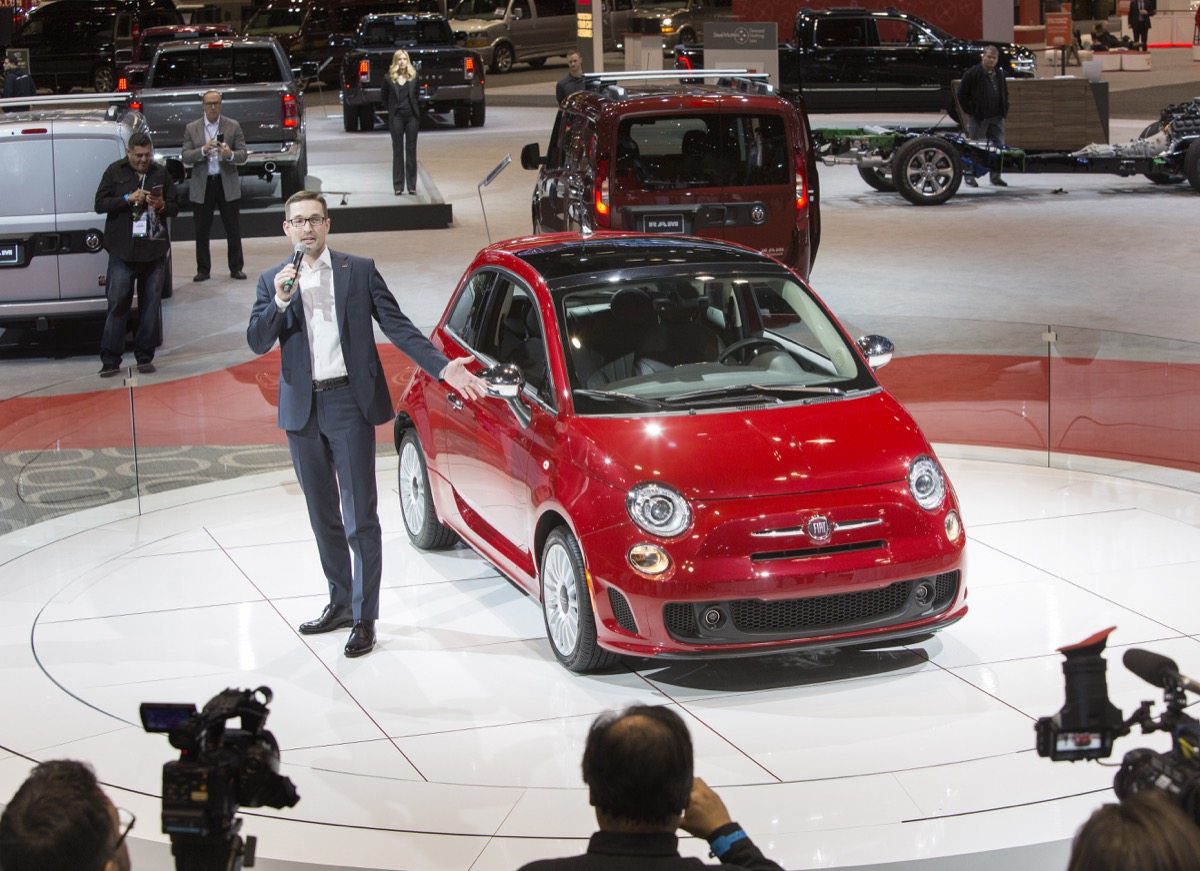In a likely useless attempt to renew America’s enthusiasm for the Fiat 500, Fiat Chrysler Automobiles is upgrading the base engine of the Mexican-made Cinquecento with the previously optional 1.4-liter turbocharged engine.
Rather than the meagre 101 horsepower of the outgoing Fiat 500, the 2018 Fiat 500 will produce 34-percent more power and 53-percent more torque. In a more powerful car, such upgrades would be substantial – and the gains will surely be felt in the 500 – but when there were only 101 ponies and 98 lb-ft of torque before, the 135 bhp/150 lb-ft ratings won’t allow the 500 to measure up to its own Abarth variant. (A 34-percent uptick in a basic 2018 Toyota Camry horsepower would add 69 ponies, for example.)
But the numbers matter little. If FCA was intent on making the 500 more appealing to U.S. customers, why didn’t the company do so before sales decreased in 2013, slid further in 2014, tumbled in 2015, plunged in 2016, and in 2017 fell 71-percent below 2012’s peak?
Why wait?
Fiat’s attention was elsewhere (although this very engine was an option on the 500 between 2013 and 2016.) First came the launch of the bloated, unreliable, and brutally unpopular Fiat 500L. Focusing attention on that vehicle paid no dividends. FCA’s Tim Kuniskis recently told the Detroit Free Press that the 500L, wait for it, “did well.”
Then along came the 500X, which Kuniskis says cannibalized the 500L, not that there was much meat left on the 500L’s bones. Only 12,413 copies of the 500L were sold in America in 2014, its first full year (while Kia sold 145,316 Souls.) By 2017, 500L sales had fallen 87 percent to fewer than 140/month.
Granted, the 500X has been no raging success. Rare among subcompact crossovers in this era, the 500X simply hasn’t caught on, perhaps limited by its elegant-yet-soft Italian styling. Fiat has never actually managed to sell as many 500Xs as the company sold 500Ls at that models peak. 500X sales tumbled in 2017.
Add to the non-500 focus a concerted 124 Spider effort and you see that the years ticked by while Fiat did little more than add special niche-market editions and attempted to gain notoriety with the Abarth, which never stood a chance at garnering mass appeal. As a result, the car that was supposed to sell more than 50,000 copies per year never got to 45K, only topped 40K once, and hasn’t reported more than 30,000 annual U.S. sales since 2014. The 12,685 sold last year compared with more than 32,000 non-Countryman Minis and more than 15,000 Volkswagen Beetles.
A modest power uptick? For a city car that launched in America in 2009? For a city car that launched globally two years prior?
The Fiat 500 needs a full reboot, not a facelift or a power upgrade or a special edition. And yet, as with any car that sells largely on a stylistic formula that can’t be demonstrably changed, would a thoroughly re-engineered really have the potential to capture American hearts and minds?
Probably not. And just like this upgraded turbocharged engine, that thorough re-engineering is way too late.











